Scientists using the James Webb Space Telescope have obtained the strongest signs yet of the possibility of life beyond the Solar System, detecting chemical traces of gases in the atmosphere of an alien planet that on Earth are only produced by biological processes.
"This is a landmark in the search for life beyond our Solar System, as we have demonstrated that we can detect biosignatures on potentially habitable planets using existing instruments," said astrophysicist Nikku Madhusudhan of the Institute of Astronomy, University of Cambridge, lead author of the study published in the Astrophysical Journal Letters. "We have entered the era of observational astrobiology."
Two gases — dimethyl sulfide (DMS) and dimethyl disulfide (DMDS) — detected in Webb's observations of the planet K2-18 b are produced only by living organisms on Earth, primarily microorganisms such as algae. This suggests that the planet may be teeming with microorganisms.
However, the researchers stressed that they have not announced the discovery of an actual living organism, but only a possible biosignature - an indicator of a biological process, and that these findings should be considered with caution, requiring further observations.
K2-18 b is 8.6 times the mass of Earth and 2.6 times larger in diameter. The planet orbits in the “habitable zone” – the distance at which liquid water, a key ingredient for life, could exist on a planet’s surface – around a red dwarf star that is smaller and less luminous than our Sun, about 124 light-years away in the constellation Leo.
DMS and DMDS were detected in the planet's atmosphere with a 99.7% confidence level, meaning there is still a 0.3% chance that the observation is a statistical error. The gases were detected at atmospheric concentrations of more than 10 parts per million by volume.
“For comparison, this concentration is thousands of times higher than that in the Earth's atmosphere, and cannot be explained without biological activity based on current knowledge,” said Madhusudhan.
Scientists not involved in the study, however, urge caution. “The wealth of data from K2-18 b makes it a fascinating world,” said Christopher Glein, principal scientist at the Southwest Research Institute’s Space Sciences Division in Texas. “These latest data are a valuable contribution to our understanding. However, we must be very careful to examine the data as thoroughly as possible.”
Source: https://www.vietnamplus.vn/james-webb-thu-duoc-bang-chung-ro-rang-nhat-ve-su-song-ngoai-he-mat-troi-post1033247.vnp


![[Photo] General Secretary attends the parade to celebrate the 80th anniversary of the victory over fascism in Kazakhstan](https://vphoto.vietnam.vn/thumb/1200x675/vietnam/resource/IMAGE/2025/5/7/dff91c3c47f74a2da459e316831988ad)



![[Photo] Prime Minister Pham Minh Chinh receives delegation from the US-China Economic and Security Review Commission of the US Congress](https://vphoto.vietnam.vn/thumb/1200x675/vietnam/resource/IMAGE/2025/5/7/ff6eff0ccbbd4b1796724cb05110feb0)
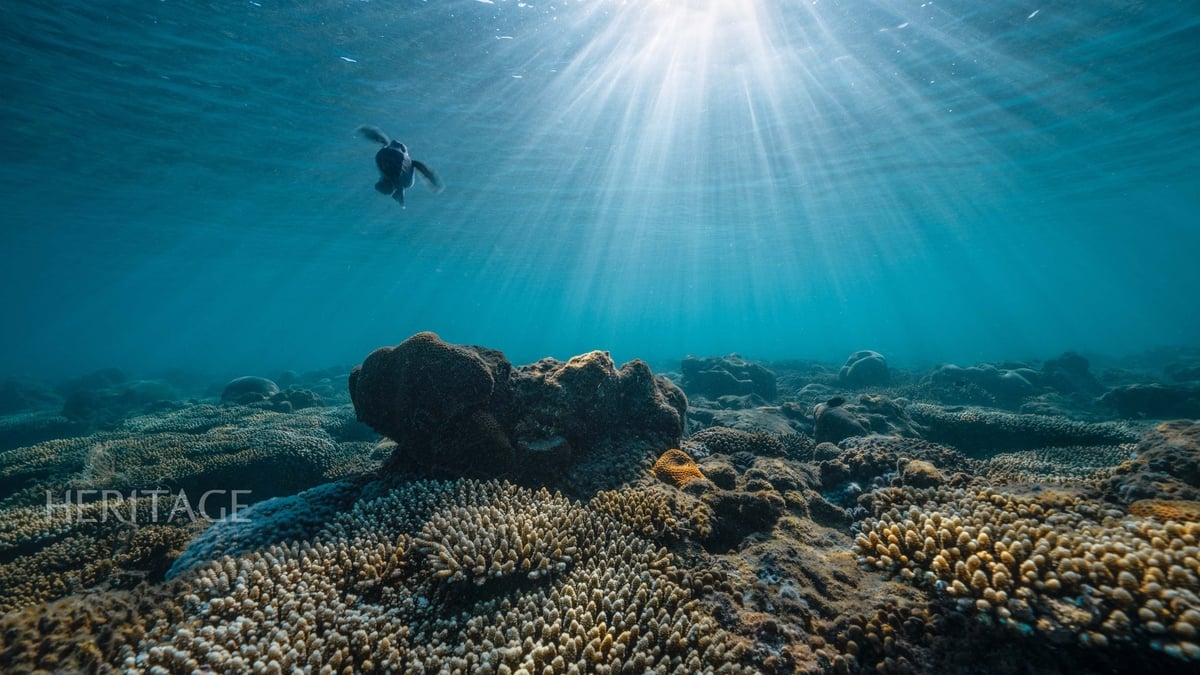
















![[Photo] Sparkling lanterns to celebrate Vesak 2025](https://vphoto.vietnam.vn/thumb/1200x675/vietnam/resource/IMAGE/2025/5/7/a6c8ff3bef964a2f90c6fab80ae197c3)
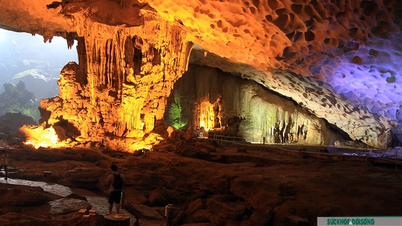

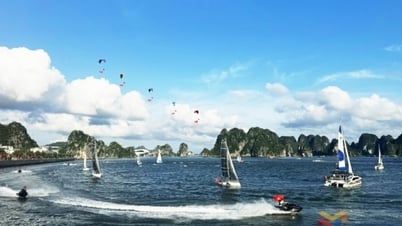



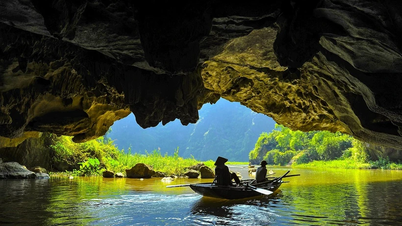







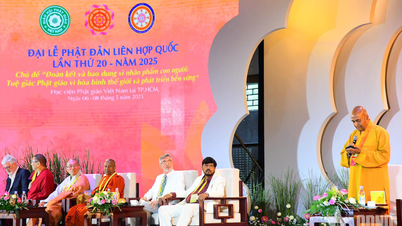



















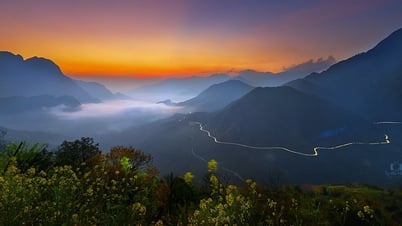




























Comment (0)